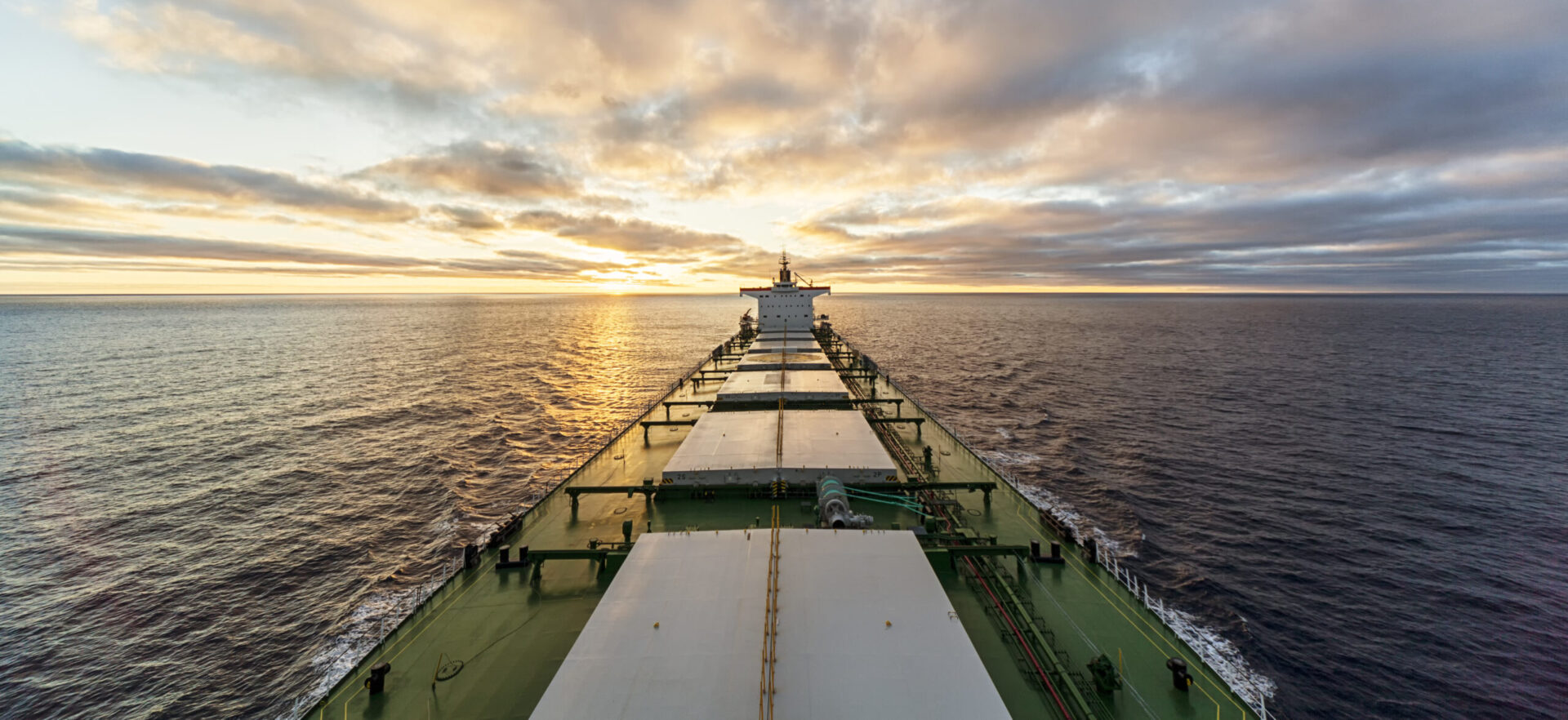Much focus from energy companies tracking hostilities between Israel and Iran has been on higher oil, gas and LNG prices but compromises to critical regional shipping data pose risks both to safety and wider data analysis.
The corruption of the automated ship signal (AIS) data that vessels broadcast to alert others of their whereabouts has emerged in recent days, especially in and around the Straits of Hormuz, the narrow channel between Iran and Oman.
On Monday 16 June, after a weekend of rocket fire between Iran and Israel, AIS data gathered by ICIS LNG Edge showed significant disruptions coming from several ships close to Ras Laffan, Qatar, in the Persian Gulf.
In the case of LNG tankers, this manifested itself in ‘spoofed’ signals erroneously indicating that several vessels were located on the Iranian mainland.
This was corroborated by the United Kingdom Maritime Trade Operations (UKMTO), a shipping organisation that runs a Voluntary Reporting Scheme for the sector for the Red Sea, Gulf of Aden, and Arabian Sea.
“The level of electronic interference … inside the Gulf [is] having a significant impact on vessels’ positional reporting through automated systems. Vessels are advised to transit with caution and continue to report incidents of electronic interference,” the UKMTO said on 16 June.
It has been reporting about GPS interference in the region since early May.
AIS INTERVENTIONS Faced with these issues, ICIS LNG analysts have been carefully unpicking the satellite trails produced by spoofed LNG shipping to try to work out where they actually are.
At the same time as UKMTO was issuing its warning, around six LNG vessels were broadcasting erroneous locations inside the Iranian mainland, at Asaluyeh, more or less opposite Bahrain on the other side of the Persian Gulf.
These included Aseem, chartered by India’s Petronet; Rasheeda, Al Jasra, Simaisma and Maran Gas Troy – all of which are under Qatari control – and Italian Eni’s Maran Gas Efessos.
Once identified, it is possible to manually delete the erroneous waypoints and reposition the vessel back where it was last reliably seen.
However, given that each time the vessel broadcasts a new point it can place it back in Iran, ICIS has been generally been carrying out removals only once a vessel is clearly back on the move, as in the case of Maran Gas Troy, a laden vessel which was clearly rounding Hormuz in the evening of 17 June.
MAJOR SAFETY IMPLICATIONS Together with marine radar, the AIS signature that ships broadcast to satellites is a key tool in collision avoidance for water traffic.
On 17 June, however, a collision was reported between two vessels 26 nautical miles northeast of Fujairah. Footage later showed one of the vessels, an oil tanker, having sustained severe damage and burning strongly.
There was “no indication the incident was the result of hostile activity resulting from the ongoing regional conflict,” UKMTO added, but the fact that the collision was caused by vessels sailing blind, rather than being hit by a missile is unlikely to calm the market significantly.
This was in evidence in the rollcall of around 12 ballast vessels outside Ras Laffan at the start of the week, apparently waiting to load and move off.
It subsequently emerged that QatarEnergy had reportedly instructed its ships to only make transit into the Persian Gulf the day before loading and to wait outside, in the Arabian Sea, until they were ready to do so.
As of 17 June, LNG loadings from Qatar’s Ras Laffan stood at 45 over the prior 15-day period, which is squarely in line with expectations.
With indications that insurance requirements have been preventing some shippers from entering the area for the time being, there is scope for further disruption.
Source: ICIS




